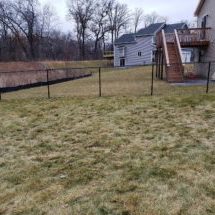No products in the cart.
Building a fence can be daunting, but a beautifully finished product that you created can be an unforgettable accomplishment. Ornamental metal fencing is a great addition to any property because of the vast availability of design and style possibilities. After choosing one that fits your property, consider if you can take on the challenge of installing it yourself.
Your decision has brought you to understanding the practical advantages and style of a decorative metal fence, but now it’s time to actually install it. Follow these guidelines for a smooth process with the proper equipment. Installing a fence yourself will save on labor costs, but if you’re not careful you could cost yourself more work in the future.

